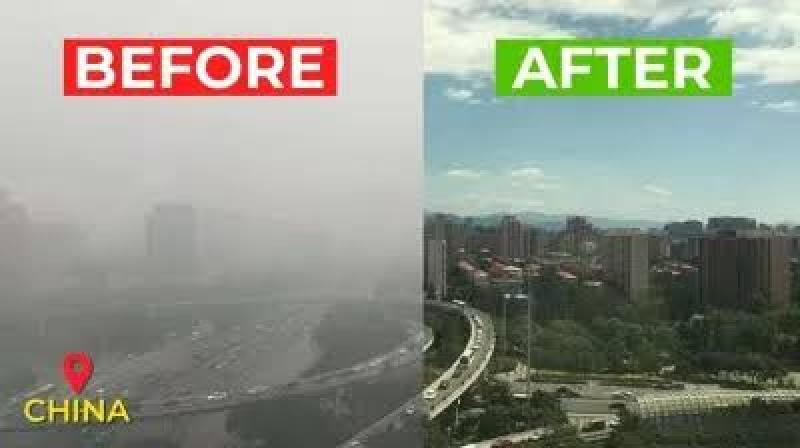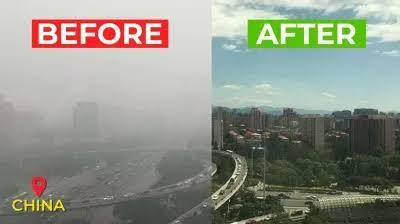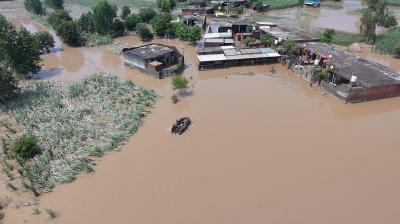
Post-Diwali spike brought the crisis back.
Clean Air Mission: Beijing Offers to Help Delhi Fight Toxic Air
New Delhi, November 5, 2025: As Delhi is grappling with severe pollution, China has stepped forward with support to share its experience in battling with air pollution. This support comes at a time when Delhi’s air quality has fallen into the “severe” category, posing serious health concerns for millions of people.
In her recent post on X, Chinese Embassy spokesperson Yu Jing wrote, “China once struggled with severe smog too. We are ready to share our journey toward blue skies and believe India will get there soon.”
The statement carries huge weight — as Beijing once fought a battle against air pollution.
Back in 2013, China declared it as a “war on pollution”. It was a massive nationwide effort with huge financial investment – nearly a trillion dollars. The efforts by Beijing included closing around 3,000 coal-fired boilers, reducing coal use by 30%, and moving polluting industries out of the city.
Electric buses came in place of diesel ones. The subway system was expanded beyond 1,000 kilometres to ease road congestion and emissions.
Technology played a key role in the fight against air pollution. China built a network of 1,500 air-monitoring stations for sharing real-time data through public apps, empowering citizens to hold authorities accountable.
More than 100 million trees were also planted around Beijing to absorb pollutants. The results were dramatic—by 2017, the city’s PM2.5 levels dropped by 35%, and life expectancy also increased by almost five years.
Delhi, too, has made some progress. Between January and October 2025, the capital recorded no “severe” air quality days, and PM2.5 levels decreased slightly. But the post-Diwali spike brought the crisis back.
A recent CAG audit revealed that many of Delhi’s monitoring stations don’t follow proper guidelines that cast doubts on data reliability.
Experts argue that Delhi can adapt China’s model — not by merely copying it, but by focusing on strict regional coordination, sustained funding, and transparent implementation. Stubble burning and industrial emissions of neighbouring states are also major contributors to the capital's pollution.
Beijing’s story is an example that clean air is possible with determination and discipline working together. With China offering its support, Delhi can now turn lessons into major shift.













